Emergence of IoT Devices
The proliferation of Internet of Things (IoT) devices is reshaping the landscape of the next generation-memory market. With billions of connected devices generating continuous streams of data, the need for efficient memory solutions that can handle this data influx is critical. By 2025, the number of IoT devices is expected to surpass 30 billion, creating substantial opportunities for memory technology advancements. The next generation-memory market is likely to adapt to the unique requirements of IoT applications, focusing on low power consumption and high-speed data access. This adaptation may lead to the development of specialized memory solutions tailored for IoT ecosystems.
Rising Data Processing Needs
The next generation-memory market is experiencing a surge in demand driven by the increasing need for efficient data processing. As organizations across various sectors, including finance, healthcare, and technology, generate vast amounts of data, the requirement for faster and more reliable memory solutions becomes paramount. In 2025, the data generated globally is projected to reach approximately 175 zettabytes, necessitating advanced memory technologies to handle this influx. The next generation memory market is poised to benefit from this trend. Traditional memory solutions struggle to keep pace with the growing data processing requirements. Enhanced memory technologies, such as 3D NAND and MRAM, are likely to play a crucial role in addressing these challenges, thereby propelling market growth.
Increased Focus on Data Security
As data breaches and cyber threats become more prevalent, the next generation-memory market is witnessing a heightened emphasis on data security. Organizations are increasingly prioritizing memory solutions that offer enhanced security features to protect sensitive information. In 2025, The next generation-memory market is projected to reach $300 billion, reflecting the growing importance of safeguarding data. This trend is likely to drive innovations in memory technologies that incorporate advanced encryption and security protocols. The next generation-memory market may evolve to meet these security demands, ensuring that memory solutions not only provide speed and efficiency but also robust protection against potential threats.
Growth of Cloud Computing Services
The expansion of cloud computing services is a pivotal driver for the next generation-memory market. As businesses increasingly migrate to cloud-based solutions, the demand for high-performance memory systems that can support scalable and efficient data storage is on the rise. In 2025, the cloud computing market is projected to exceed $800 billion, indicating a robust growth trajectory. This shift necessitates the development of memory technologies that can accommodate the dynamic needs of cloud environments, such as increased speed and reliability. The next generation-memory market is likely to evolve in response to these demands, fostering innovations that enhance cloud service performance.
Advancements in AI and Machine Learning
The integration of artificial intelligence (AI) and machine learning (ML) technologies is significantly influencing the next generation-memory market. These technologies require high-speed data access and processing capabilities, which traditional memory solutions may not adequately provide. As AI and ML applications proliferate across industries, the demand for memory solutions that can support real-time data analysis is expected to rise. In 2025, the AI market is anticipated to reach $190 billion, further driving the need for advanced memory technologies. The next generation memory market is likely to see innovations that cater specifically to the requirements of AI, enhancing performance and efficiency in data handling.

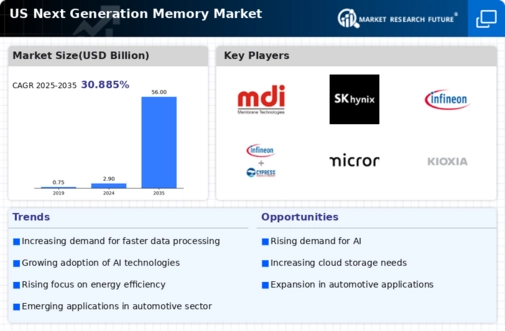
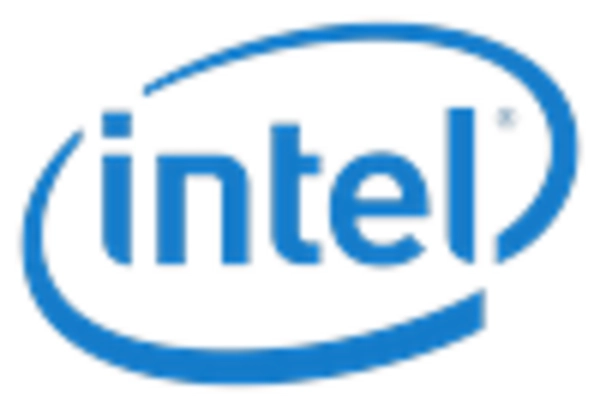
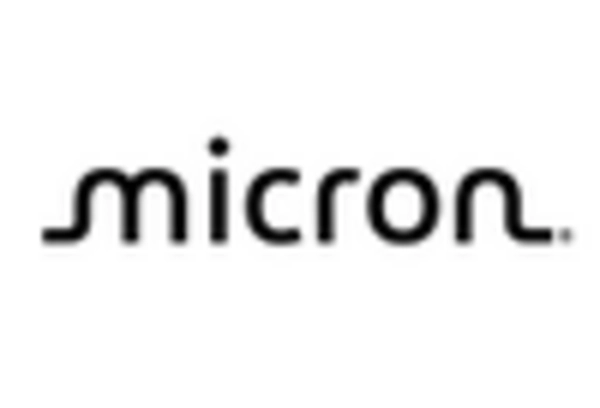
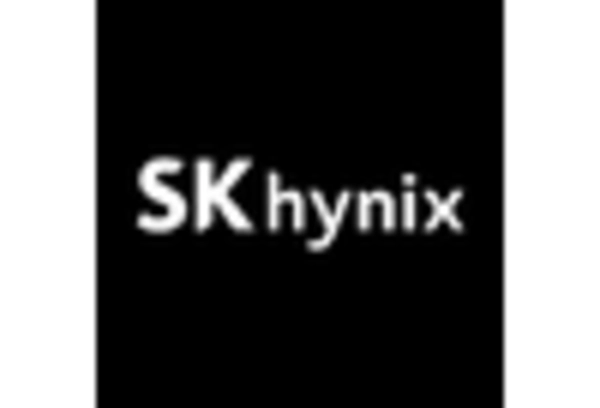
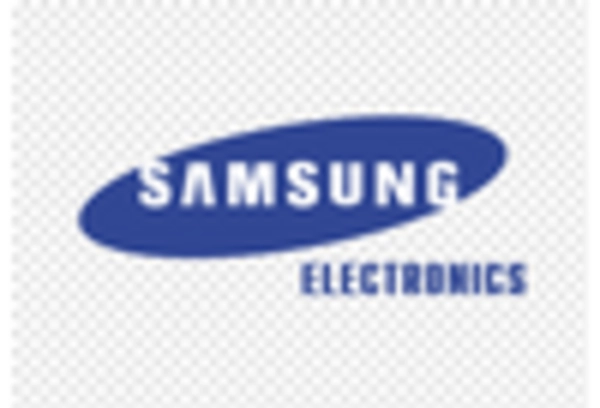
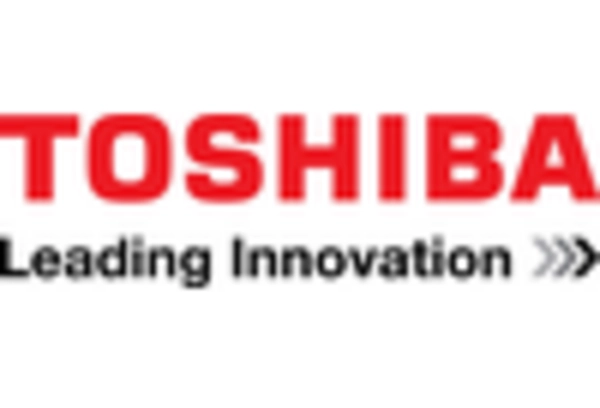
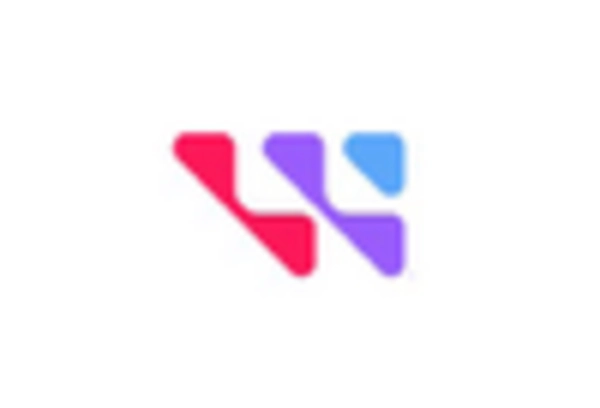








Leave a Comment